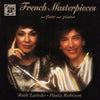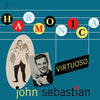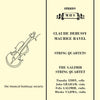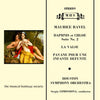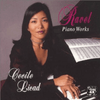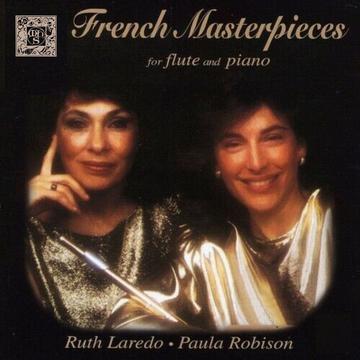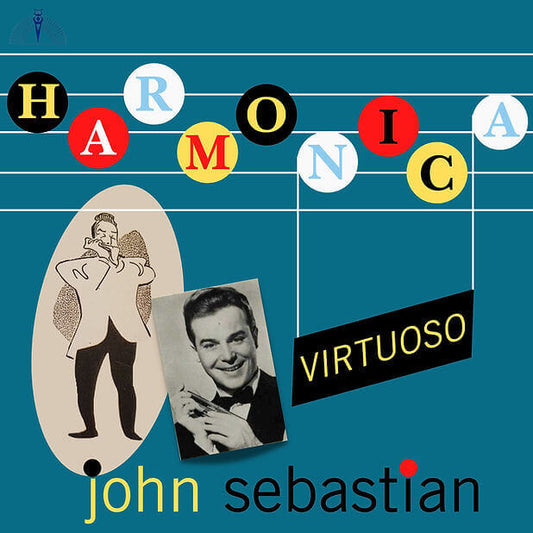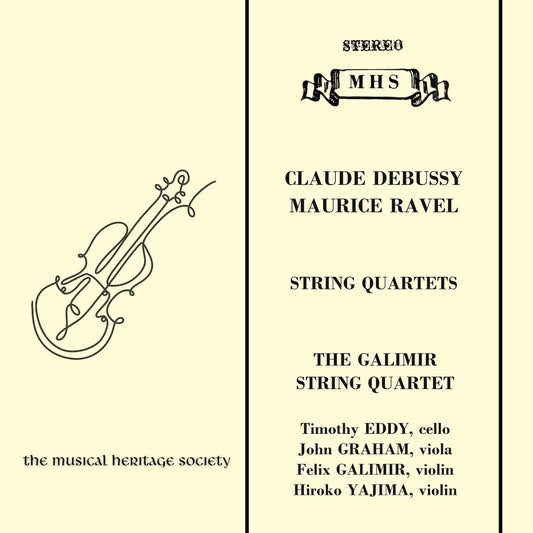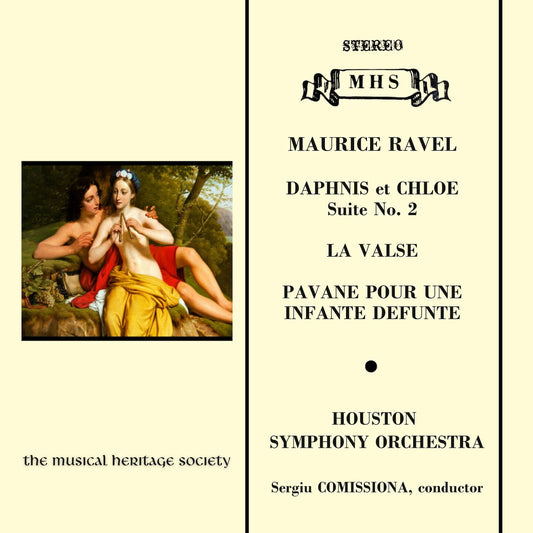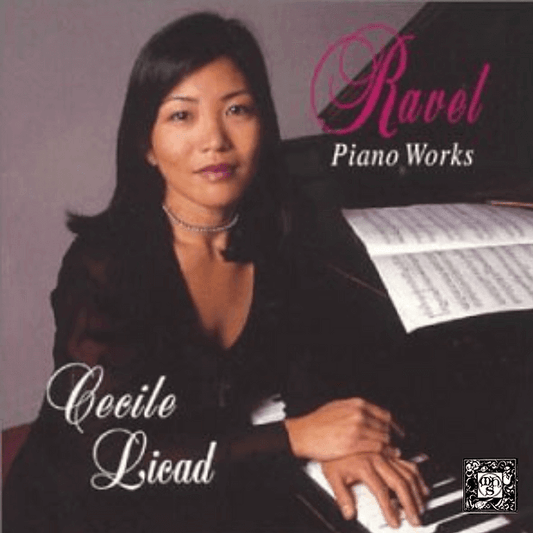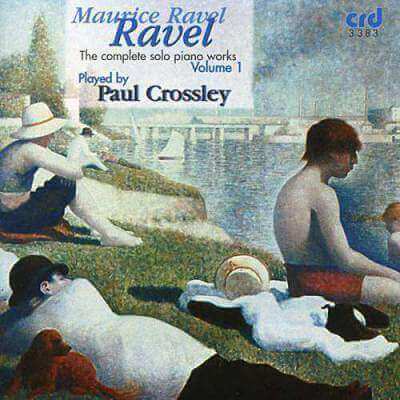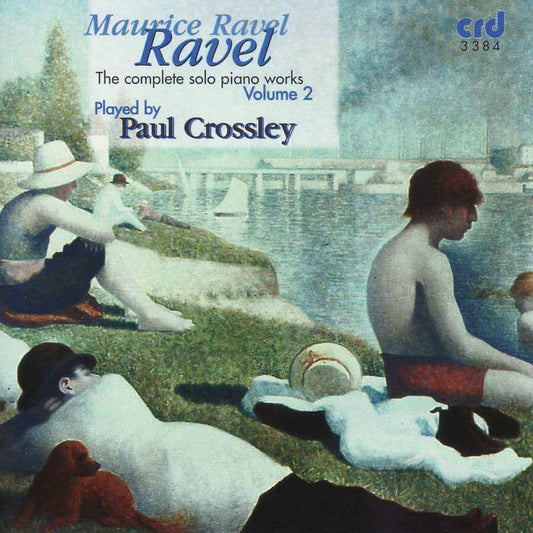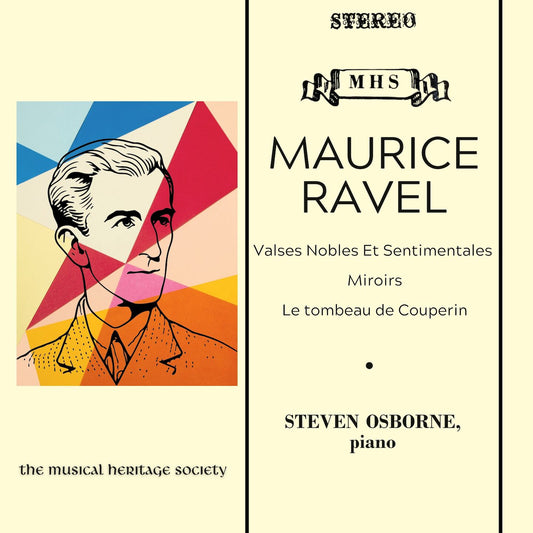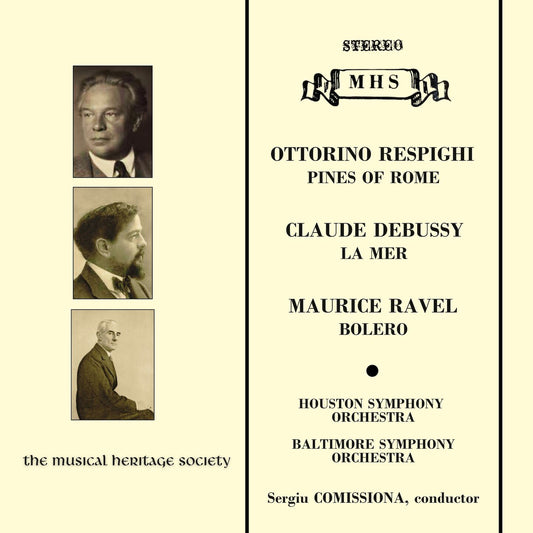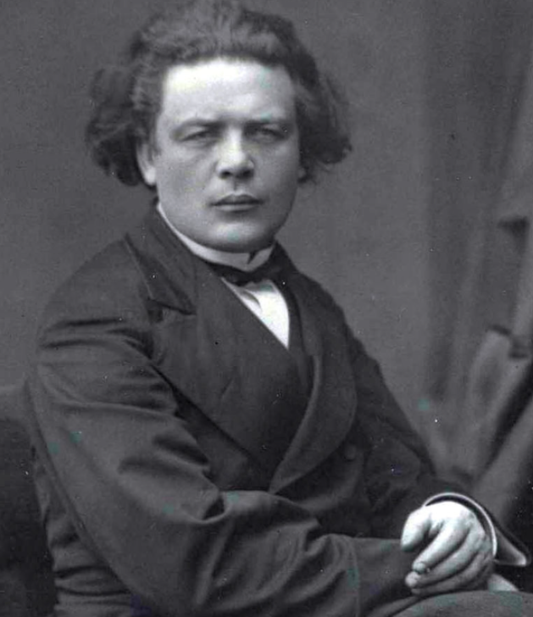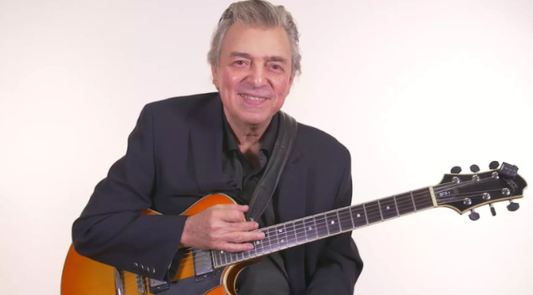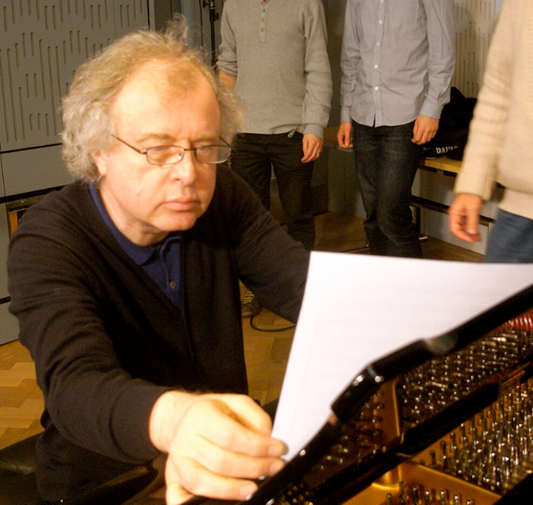Collection: MAURICE RAVEL (1875 – 1937)
Maurice Ravel (March 7, 1875 – December 28, 1937) stands as one of the most significant and influential French composers of the early 20th century. Often linked with Claude Debussy as a leading figure of musical Impressionism, Ravel cultivated a unique voice characterized by meticulous craftsmanship, brilliant orchestration, emotional reserve often masking deep feeling, and a fascination with exotic locales, past eras, and mechanical precision. His works remain staples of the concert repertoire, celebrated for their clarity, sensuous beauty, and technical perfection.
Born in the Basque town of Ciboure, France, near the Spanish border, to a Swiss father and a Basque mother, Ravel's heritage influenced his musical palette, particularly his affinity for Spanish rhythms and melodies. The family moved to Paris shortly after his birth, and his musical talents were recognized early. He entered the Paris Conservatoire in 1889, studying piano and later composition, eventually becoming a student of Gabriel Fauré. Despite his obvious talent, Ravel's relationship with the conservative Conservatoire establishment was often strained. He famously failed multiple times to win the prestigious Prix de Rome composition prize, culminating in the controversial "L'affaire Ravel" of 1905, when he was eliminated in the preliminary round, causing a public scandal that led to the resignation of the Conservatoire's director.
Even during his conservatory years, Ravel was composing significant works that displayed his emerging style, such as the enduringly popular Pavane pour une infante défunte (Pavane for a Dead Princess, 1899, later orchestrated) and the glittering piano piece Jeux d'eau (Playing Water, 1901). While inevitably compared to Debussy, Ravel's approach differed. Where Debussy often aimed for atmospheric haze and suggestive harmonies, Ravel favored clearer textures, more defined forms (often drawing on Classical structures), and a greater emphasis on melodic contour, albeit within a sophisticated harmonic language. His meticulous attention to detail led to him being dubbed a "Swiss watchmaker" by Igor Stravinsky.
The years leading up to World War I were exceptionally productive. Ravel composed masterpieces across genres: the String Quartet in F major (1903), the song cycle Shéhérazade (1903), the evocative piano suites Miroirs (Mirrors, 1905) and Gaspard de la nuit (1908 – containing the fiendishly difficult "Scarbo"), the orchestral Rapsodie espagnole (1908), the witty one-act opera L'heure espagnole (The Spanish Hour, 1911), and arguably his greatest orchestral achievement, the sumptuous ballet Daphnis et Chloé (1912), commissioned by Sergei Diaghilev.
During World War I, Ravel served as an ambulance driver at the front, an experience that deeply affected him. His compositional output slowed, but the post-war period saw the creation of Le Tombeau de Couperin (1917), a suite for piano (later orchestrated) dedicated to friends lost in the war, cast elegantly in the form of a Baroque suite. This work exemplified a Neoclassical trend in his music. He continued to explore diverse influences, incorporating jazz elements into works like the Violin Sonata No. 2 (1927) and the Piano Concerto in G major (1931). The period also produced the haunting choreographic poem La Valse (1920) and his most famous, almost notorious work, Boléro (1928), a relentless orchestral crescendo built on a single, insistent theme, which Ravel himself described somewhat dismissively as "a piece for orchestra without music."
Known for his dapper appearance and reserved, meticulous personality, Ravel undertook successful international tours, including a significant visit to the United States in 1928. In the early 1930s, he began showing signs of a progressive neurological disorder, possibly Pick's disease or a form of aphasia. This tragic condition gradually robbed him of his ability to write music or even sign his name, though his musical mind remained sharp. His final completed works include the powerful Piano Concerto for the Left Hand (1930), commissioned by Paul Wittgenstein (a pianist who lost his right arm in WWI), and the song cycle Don Quichotte à Dulcinée (1933).
Following an unsuccessful brain operation, Maurice Ravel died in Paris in 1937. He left behind a legacy of exquisitely crafted music that continues to fascinate performers and audiences with its blend of technical brilliance, emotional depth, and unique sonic allure, securing his place as a master architect of sound.

